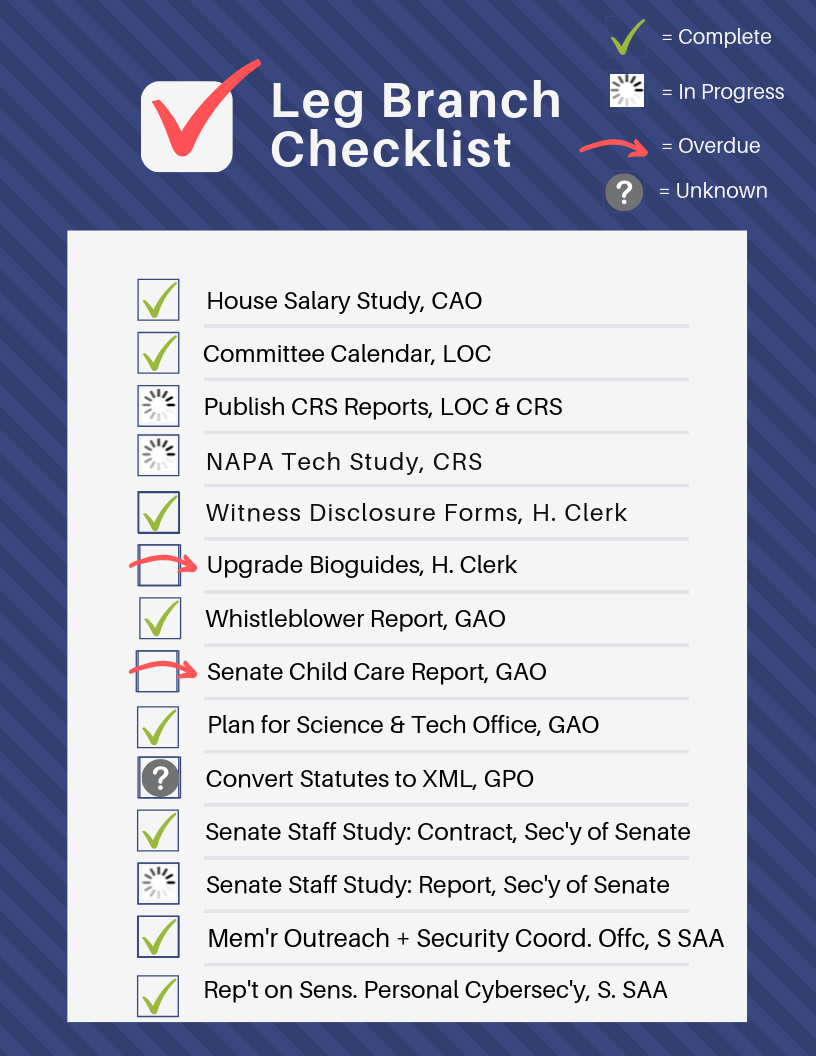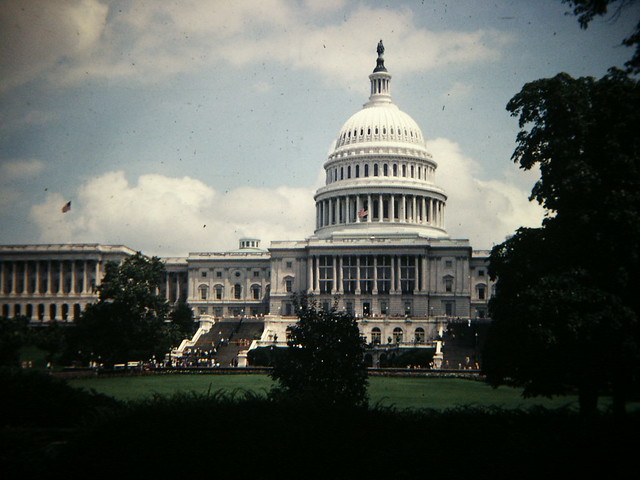Last week internal and external Congressional stakeholders came together for the seventh annual Legislative Data and Transparency Conference. We’ve recapped them all.
The bipartisan conference was incredibly well run, and did a fantastic job convening internal and external congressional groups to promote engaging and well-executed events (detailed in the image below). You can check out the event descriptions and panelist bios here, and watch the full conference here. (We note parenthetically that this is the first time the conference has been held under Democratic control of the House, which illustrates how these issues have become institutional matters and not partisan ones.)
Continue reading “Recap of the 2019 Legislative Data and Transparency Conference”
